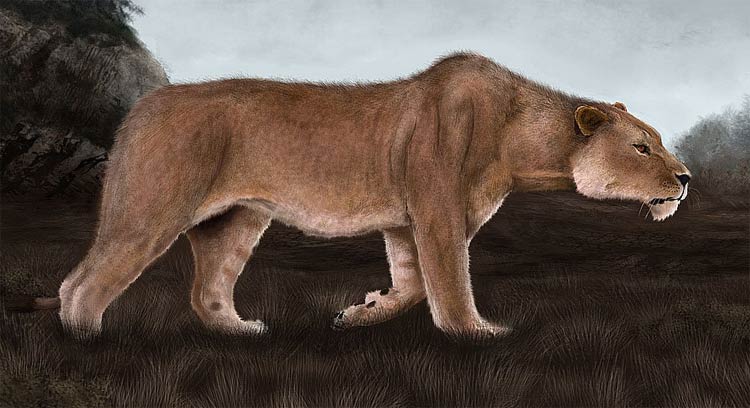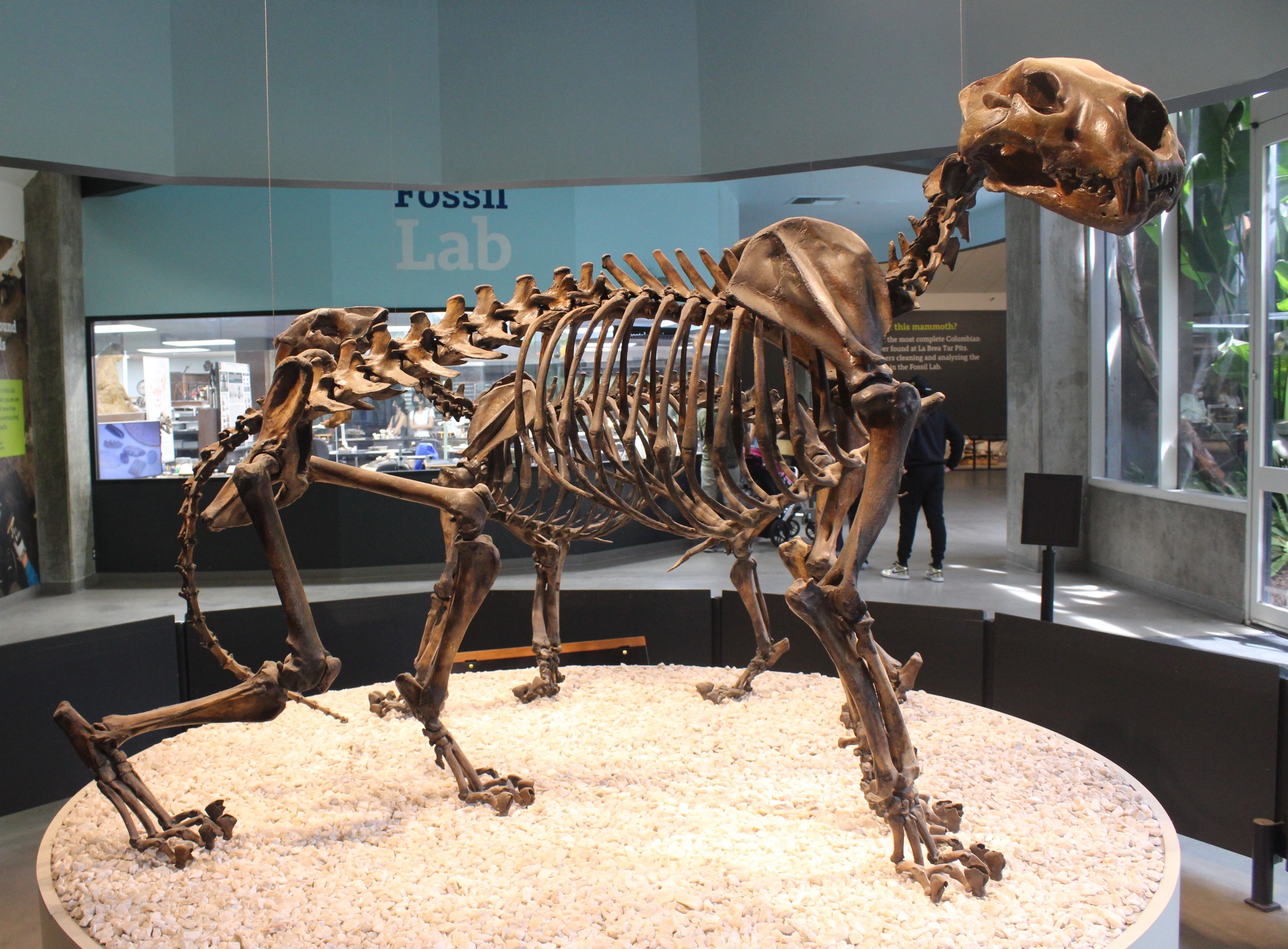Introduction to the American Lion
The American Lion (Panthera leo atrox), also known as the North American lion, was one of the largest lions to have ever roamed the Earth. It lived during the Pleistocene epoch and became extinct around 10,000 years ago. Although it is called a lion, some studies suggest that it may have been more closely related to tigers or jaguars.
Habitat and Distribution
The American Lion was native to North America, ranging from Alaska to Mexico. Fossils have been found in various locations across the United States, including California, Texas, and even as far south as Peru. The species thrived in open forests and grasslands, where it hunted large herbivores like bison, deer, and mammoths.
Physical Characteristics
The American Lion was larger than modern-day African lions, with males potentially weighing up to 400 kilograms (880 pounds). Its powerful build, strong limbs, and sharp claws made it a formidable predator. Fossils suggest that it stood around 4 feet tall at the shoulder and was about 25% larger than today's lions. Its coat color remains a mystery, but it's likely that it resembled other lions.
Extinction
Like many large Pleistocene animals, the American Lion went extinct during the Quaternary extinction event. The reasons behind its extinction are still debated, but it is believed that a combination of climate change and overhunting by early humans contributed to its demise. As their primary prey species, such as mammoths and giant bison, began to disappear, the lions likely struggled to survive.

